In this analysis, I am going to present my interpretation of the themes and ideas in a classic Hollywood film, 12 Angry Men (1957, Sidney Lumet, USA). The film is an essential piece of Hollywood cinema from 1957 that explores a central theme of one against many, a common theme in Hollywood courtroom films such as JFK (1991) and Anatomy of a Murder (2001). [2]
One of the ground-breaking and most unique things about this film is that it takes place in one room apart from about three minutes in the entire movie. These scenes take place in the actual court, the corridors of the court, the toilet and briefly outside the building. The film’s idea is to explore 12 personalities and get them together in a confined space so that their egos clash, and out of this comes great ideas, and the entire jury become like detectives, each with a different point of view.
What is 12 Angry Men?
12 Angry Men is a typical courtroom drama full of the codes and conventions such as tension, storyline twists, subplots, clever use of lighting using the dark for villains and light for heroes, legal manipulations of evidence and personal insults between lead characters, this time the characters being the jurors. It also includes signifiers of the genre such as the suits, the evidence which is a weapon and a courtroom.
The scene I will be analysing is from 26:00:00 to 30:00:00 in 12 Angry Men. It is perhaps the most famous scene in the movie in which the knife is brought into the room, and Juror 8 (played by Henry Fonda) contradicts the court’s evidence and pulls out a replica of the knife, which conflicts with the apparent story in court that this was a one of a kind weapon.
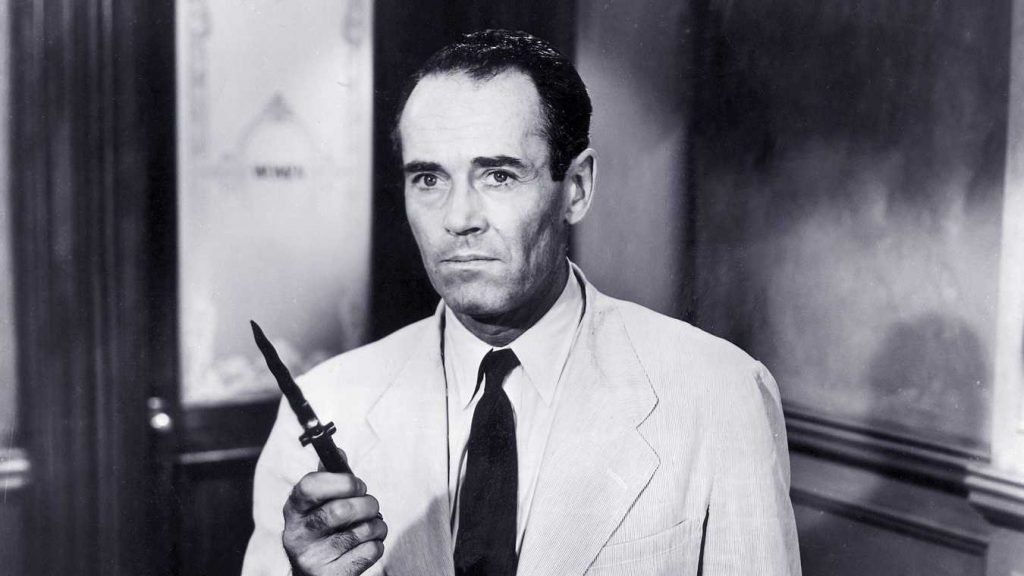
The scene starts where they ask to see the knife as evidence. Even here in the movie, the egos of the different Jurors clash as they all argue whether it needs to be seen or not. In the movie, the names of the men are not used, they are referred to by jury number (e.g. Juror 1, Juror 2 etc.), and other people are referred to as the boy or the old man. This distances the audience away from the characters and allows the audience to identify the characters by personality traits such as the kind, wise old man or the morally corrupt sports fan.
The idea of this is to explore these personalities and watch them clash with each other with their polar opposite opinions and ideas. The scene starts with the use of lots of still cameras, and if the camera moves, it is very slow and methodical. The focus of the movie is on the dialogue, which is key to unravelling the narrative.
The photography and direction of 12 Angry Men are also key to interpreting the themes being portrayed. In fact, cinematographer Boris Kauffman stated that he started with wide-angle lenses but increased the lenses. The film ends everyone with everyone in close-ups to create a ‘nearly palpable claustrophobia. [3]
When the knife is on the table, both sides of the argument are debated by different jurors across the table, with Juror 8 being the only one favouring the boys’ story. He then pulls out the duplicate knife and slams it into the table next to the evidence. The camera crash zooms in on the knives at this point as the usually quiet room erupts in noise at this revelation. It throws everything that has been confirmed in court out of the room and makes the testament untrustworthy. It also makes some of the jurors wonder if Juror 8 is correct.
This is the very turning point of the entire film. The pivot that swings things from against the boy to for the boy because after this point, one by one, the jurors all start to change their minds. It shows how remarkably it took Juror 8 just half an hour to add doubts to people’s minds. There is also the question, what if Juror 8 was a different character and they hadn’t given this benefit of the doubt.
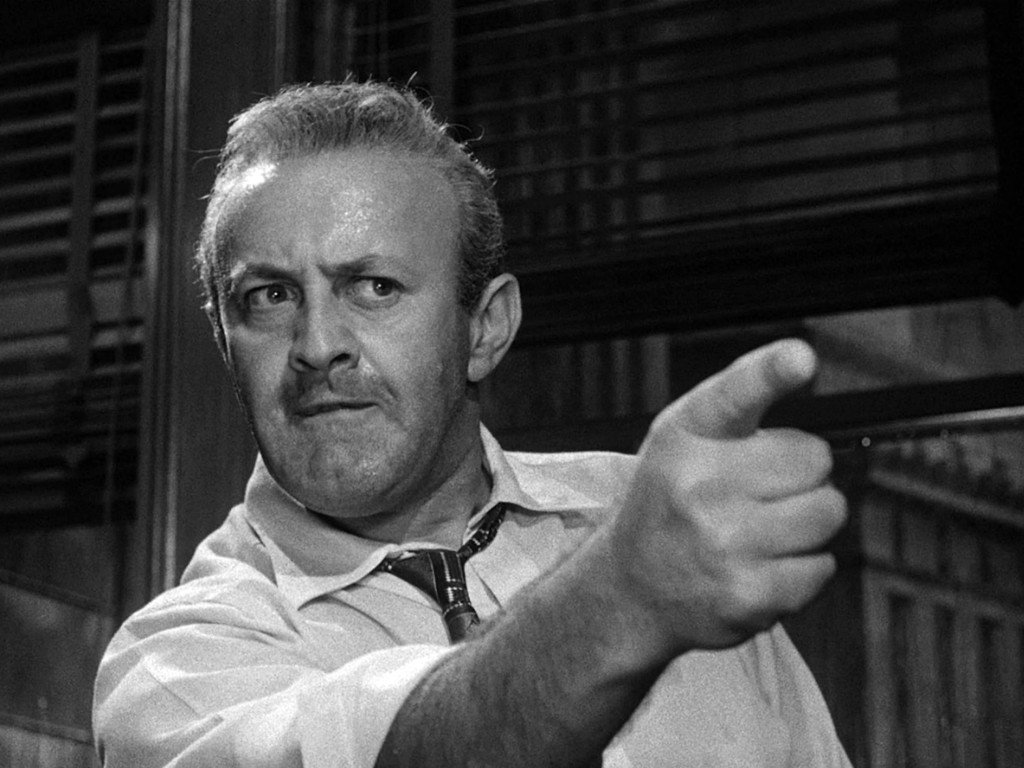
Then after this point, each of the different Jurors gives their view on this revelation. At this point, there is a Close Up on each of the separate Jurors faces as they speak in turn. This allows you to read their faces and interpret the emotion on their face. This also adds to this claustrophobic and enclosed camerawork which creates a feeling of entrapment in this closed and compact room.
The filmmakers deliberately make the characters look entrapped, so the audience relates to this feeling, in my opinion, to create empathy towards the boy, for which the entrapment is a metaphor. The accused boy is trapped not only in this crime and mess but in a world and life of poverty and conflict in the slums of America.
During the film, there is only diegetic sound on the scene. There is no non-diegetic sound effects and no musical score. This adds to the realism and keeps you closed in the room with the characters, and does not distract you from the dialogue. What they are saying is the most important thing. 12 Angry Men is edited at quite a slow pace, so it does not need music because it is designed for the viewer to take in mass amounts of information.
The film is also in black and white, but this actually helps the viewer to concentrate on the characters and forces the actors to use their expressions to get ideas and emotions across instead of using colour on their costumes in the mise-én-scene, for example.
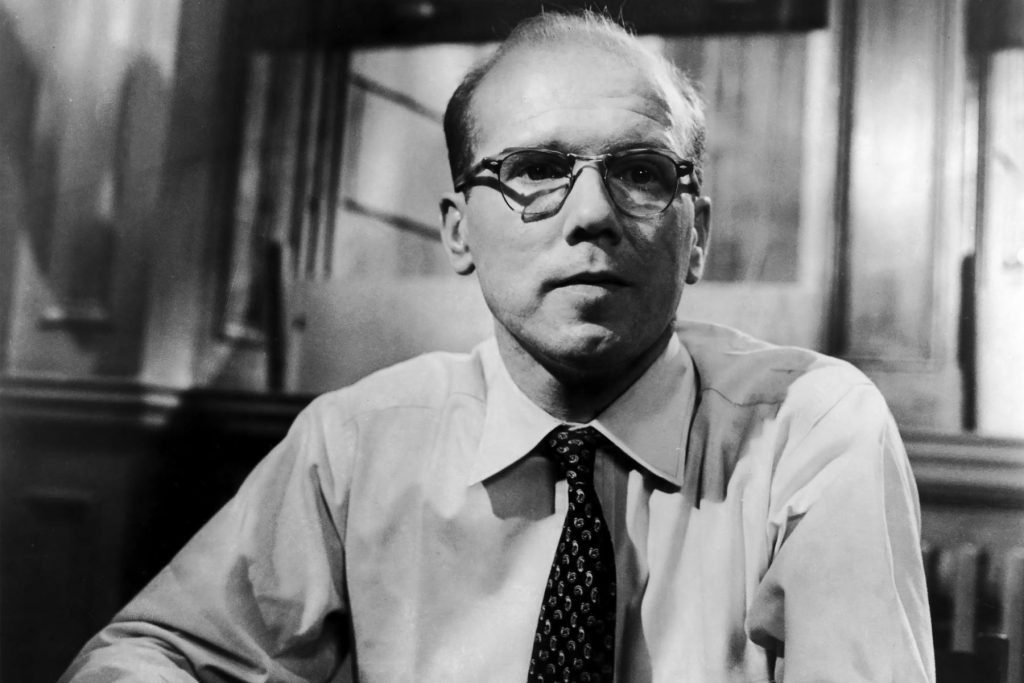
12 Angry Men represents an America that is still sexist as there is not a single female cast member. All the cast are well-paid middle-class men in nice suits, although it does include a character that comes from a slum in Juror 5 who feels real empathy for the boy. The expected audience for this film is probably older males in America. They can all relate to the jury because it is something that they are obliged to do in life, and they could very well be in this situation.
Nowadays, women do jury duty to so it seems sexist and wrong to have no female part in the movie. Still, at the time in America, women were rarely allowed to be part of serious court proceedings such as murder, so the film seemed totally acceptable. Also, in the film, Juror 11 likes to push the idea of a capitalist democratic society.
The man is an immigrant and is grateful for how the American legal system works and that everyone gets a fair say and a chance. He makes this point known during the film whilst arguing with some of the jury’s more unforgiving members. 12 Angry Men also explores themes of racism through the Unites States legal system and the bigotry still held by some Americans through Juror 10, who in the end is revealed to be a racist through the negative remarks that he makes towards the boy and Juror 11, who is an immigrant to America.
However, the film positively deals with this issue by portraying the racist juror as a villain and having him attacked and vilified for his views by the rest of the cast, which is surprising for a film made in this era of Hollywood cinema. One of the most important things that make the film work in this way is the actors who play the jurors. They are all extremely talented actors who play their part perfectly and allow themselves to get into the characters. It is very important for them to be good at this because all of the close-up shots on their faces are meant to gather emotion for the audience to interpret.
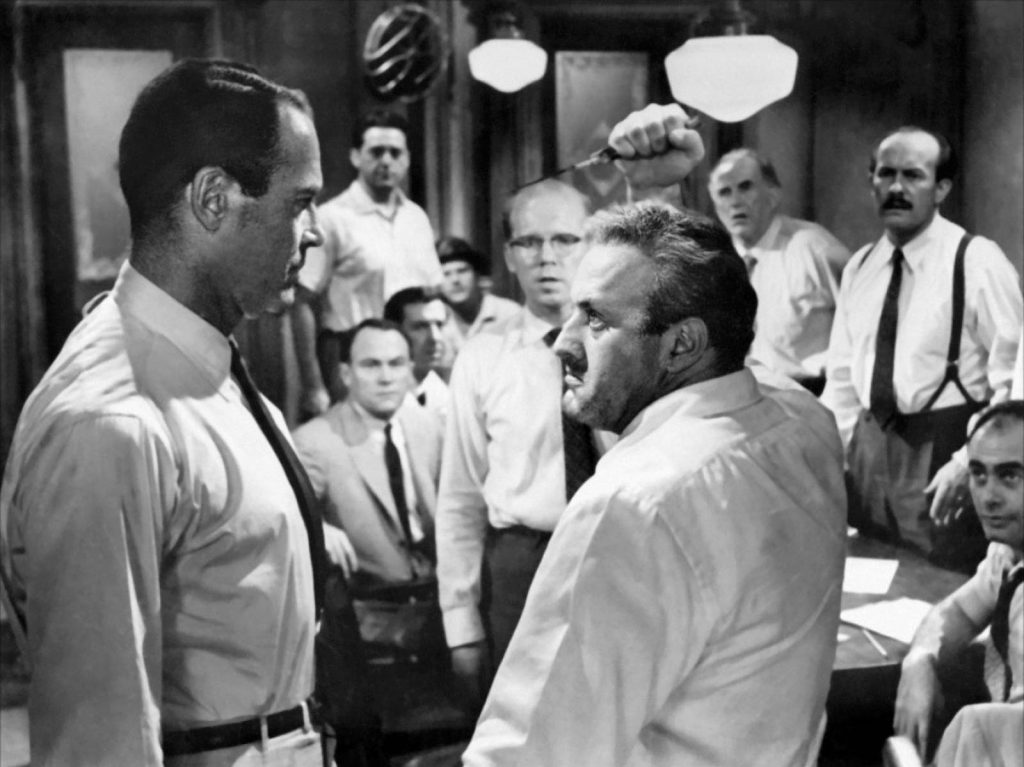
The other key to 12 Angry Men is timing. The film takes you on a rollercoaster journey of emotion, building up tension and surprising you with twists and turns in the narrative. Every time there is a vote, you wonder who else will change their mind on the verdict. You are always wondering what the next piece of compelling evidence or opinion, or story will come from. And every time they do reveal something it is something so simple or minute that makes all the difference in a case that decides whether a young boy lives or dies.
To conclude my analysis, I will sum up that 12 Angry Men is a historically groundbreaking piece of Hollywood cinema and one of the most important. Hence, it has been preserved by the Library of Congress in America. It provides an intimate look into a jury in the American legal system and touches upon many issues, including corruption, innocence, humanity, racism, sexism, and morality.
It asks the audience to explore some of the most profound topics and invites them to try and deduce the case along with the jury. It provides them with an exciting narrative of typical genre-specific twists, turns and bombshells and gives them the classic Hollywood happy ending.
And that’s it for this article about 12 Angry Men!
If your interested in hearing more, we covered 12 Angry Men in Episode 10 of Our Favourite Movies podcast, which you can find here on our website.
You can read more of our articles here.
Please join us on social media on Facebook, Instagram, Tik Tok and Twitter. We really appreciate all the likes, shares, retweets etc., and we would love to hear from you and continue the wonderful celebration of all things cinema on these platforms.
If you love to watch videos on YouTube, then please subscribe to our channel here. There’s lots of fun and informative videos uploaded that we hope you will enjoy!
We have a passion for movies and aim to produce entertaining and informative movie-related content. It certainly is a lot of hard work, but we love films so much that it’s worth all the effort. We have to keep the lights on and make sure we have plenty of caffeine to keep all of the articles, videos and social media posts coming, so if you like our work, then please consider supporting us at Buy Me A Coffee here. You can also become a More Movies patron on Patreon here.
To help support us here at More Movies, we do use advertising in a few places, so we appreciate it if you do not use AdBlockers on our site, as this helps keep a few pennies trickling in. We also utilise affiliate links throughout the site, usually to help guide our readers to places to stream, rent or buy the movies we talk about. One of the biggest sources for movies online is Amazon Prime Video, where you can stream over 18,000 films. If you are interested in Prime and haven’t signed up yet, you can get a 30-day free trial via this affiliate link, which helps support us too.
Footnotes
- [1] 12 Angry Men [USA, 1957, Sidney Lumet]
- [2] http://alex.edfac.usyd.edu.au/blp/sample%20lessons/12_angry_men.htm
- [3] http://www.playhousesquare.org/bbuzz/12angrymen/default.asp?playhousesquare=8
Filmography
Webography
- 12 Angry Men [USA, 1957, Sidney Lumet]
- Peter Horwood, Film Analysis Unit: Twelve Angry Men, at
http://alex.edfac.usyd.edu.au/blp/sample%20lessons/12_angry_men.htm (accessed 16th November
2010) - Unknown author, Play House Square 12 Angry Men, at
http://www.playhousesquare.org/bbuzz/12angrymen/default.asp?playhousesquare=8, (accessed 15th November 2010)

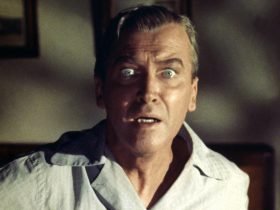
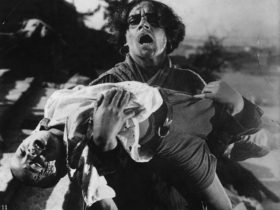


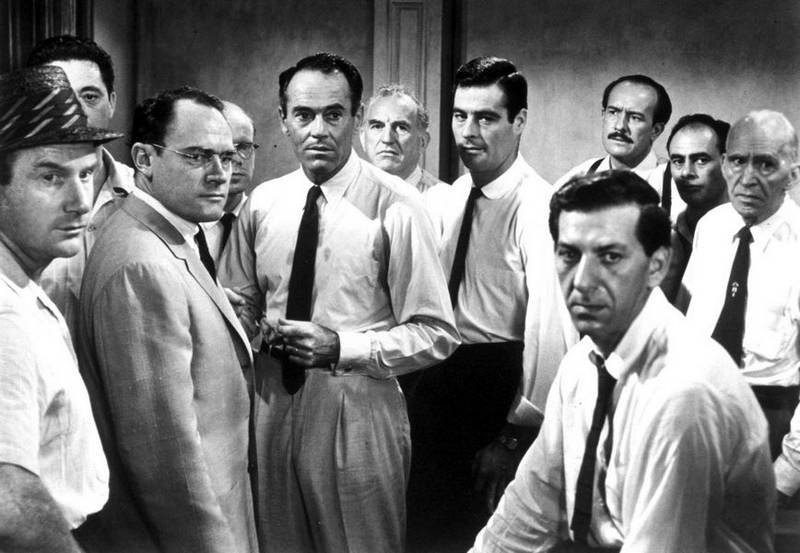
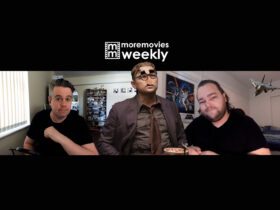



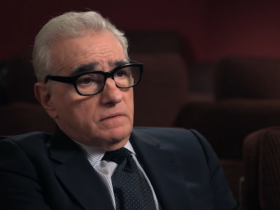

Leave a Reply